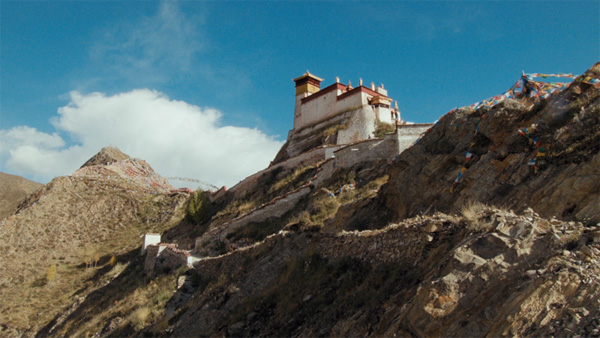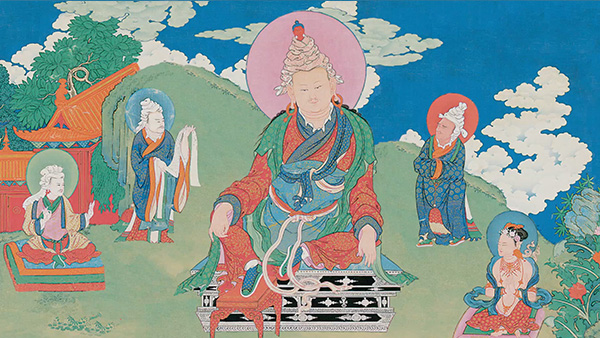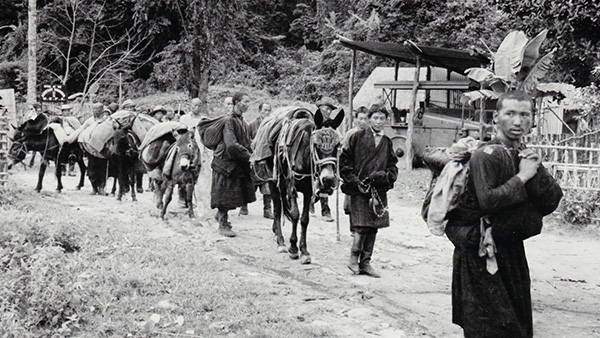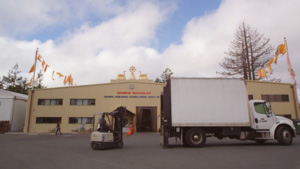Imagine that you are one of a handful of survivors of an event that has virtually erased your culture. Now you must start from scratch—locating the lost knowledge and finding ways to ensure that it continues into the future. This is the position Tibetans have been forced into by the events of the 20th century.
For 1,200 years Tibet has played a major role in Buddhism’s survival. The Great Transmission depicts the sacrifices made by generations of Tibetans to keep Buddhist knowledge alive, delving into the story of Buddhism’s arrival in the Land of Snow, and the flowering of art and culture that followed as Tibet became the inheritor of an ancient tradition. Over the centuries, a long chain of Tibetan masters carefully cultivated this Buddhist heritage, creating a civilization of extraordinary spiritual depth. But in the 20th century, history delivered Tibetan culture a nearly fatal blow.
In 1959, Tibet was invaded by Communist China. In the upheaval that followed, Tibet’s sacred texts were almost completely destroyed, and with them, Tibetan culture. Without the texts and the teachers who understood them, how could this ancient knowledge survive?
Witnessing the disintegration of his culture, Tibetan refugee and Buddhist lama Tarthang Tulku decided to dedicate his life to restoring the knowledge of his tradition. For the next forty years, he worked tirelessly to find, edit, print, and distribute Tibet’s irreplaceable texts. Working with a handful of volunteers, he would eventually deliver over four million books into Tibetan hands, in one of the largest free book distributions in history.
The Great Transmission illuminates the deep love Tibetans have for their endangered culture, and tells the story of the efforts of countless generations of Buddhist practitioners who made great sacrifices for the sake of knowledge—even risking their lives. Our film traces this heroic activity of knowledge preservation as it unfolds through history to the present day. It is a story of the universal value of a tradition that without careful nurturing could easily be lost to humankind.

























Pictured above: Tsethang Tower, site of the early Tibetan kings. Legend has it that the Yambulagang was the first building in Tibet.
Pictured in middle column: Thangka painting of Srongsten Gampo, Tibet’s first Dharma king.
Pictured right: A Marilyn Silverstone photo documenting Tibetan refugees entering India.